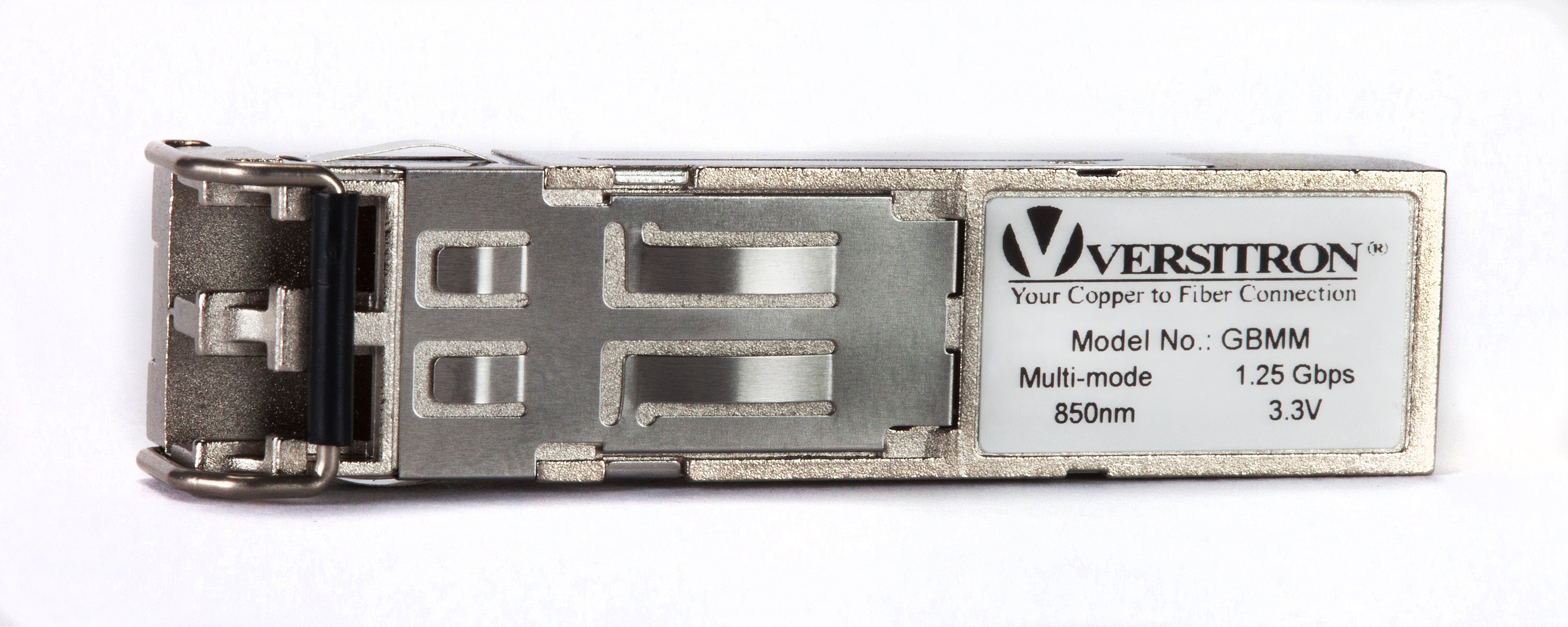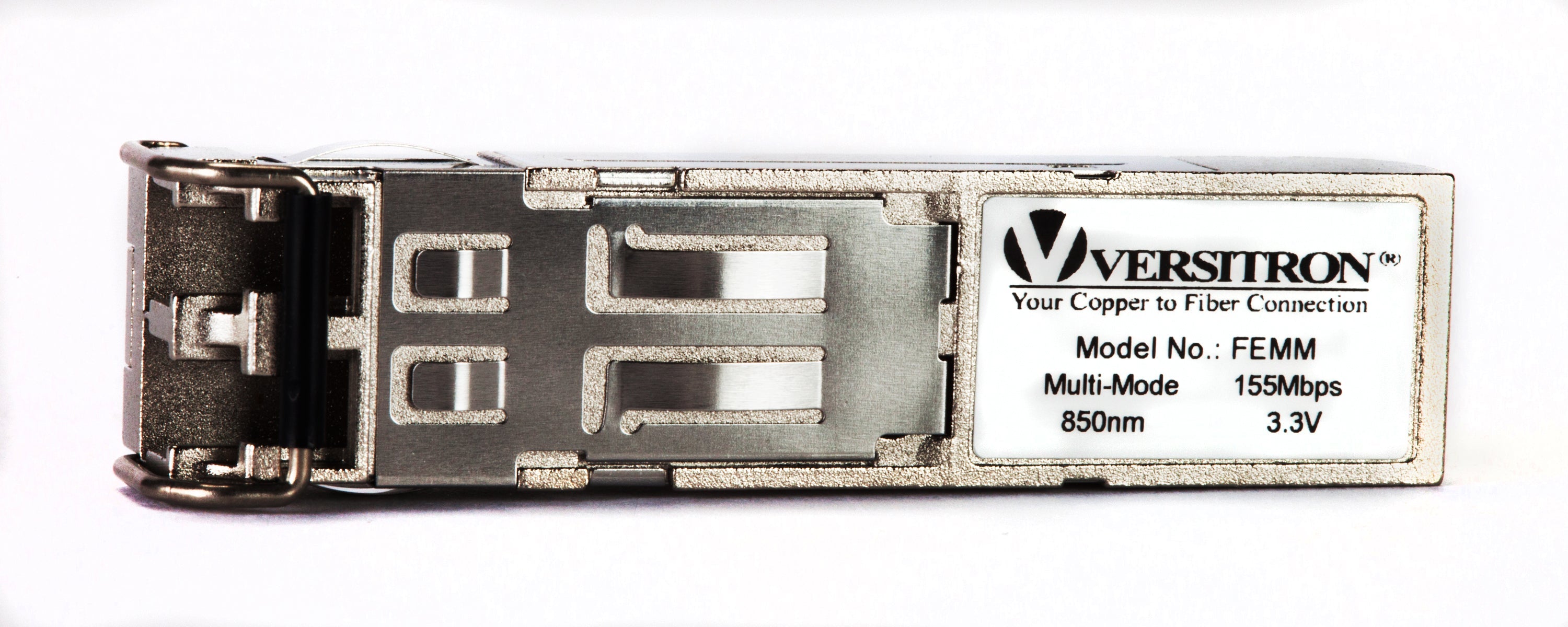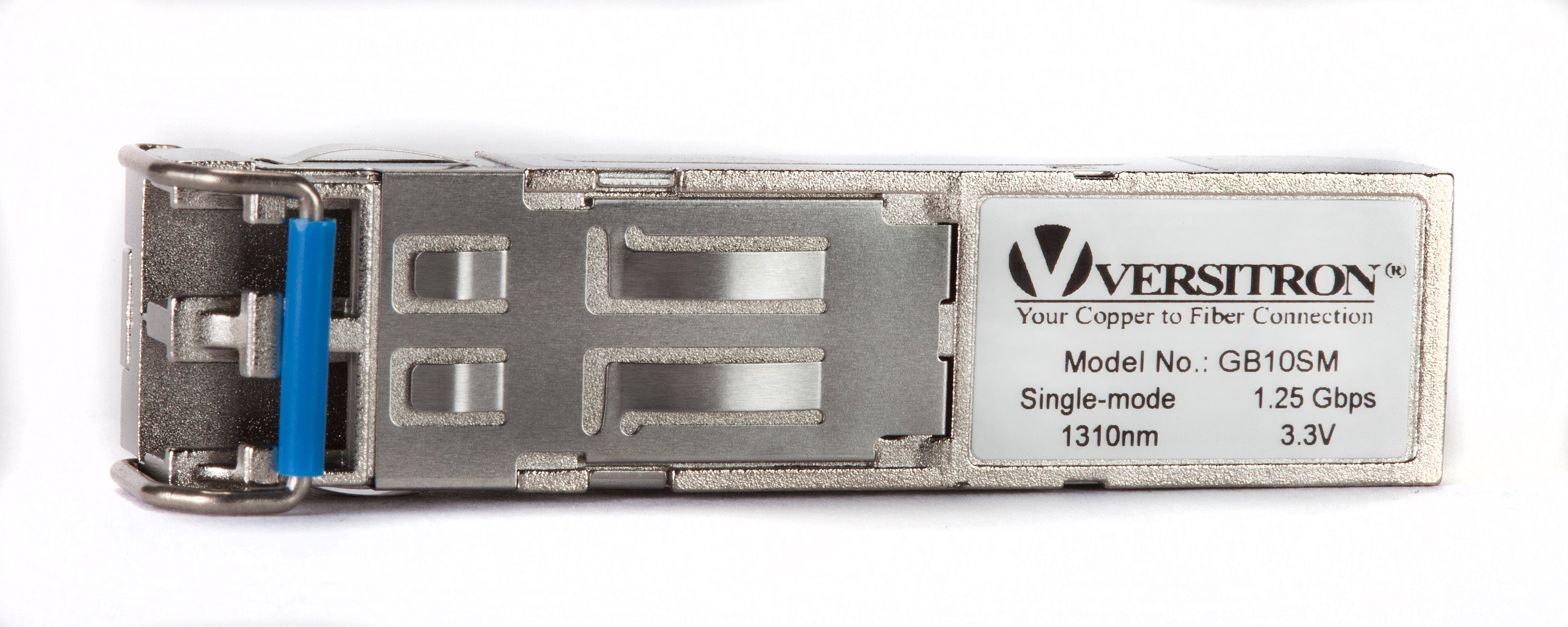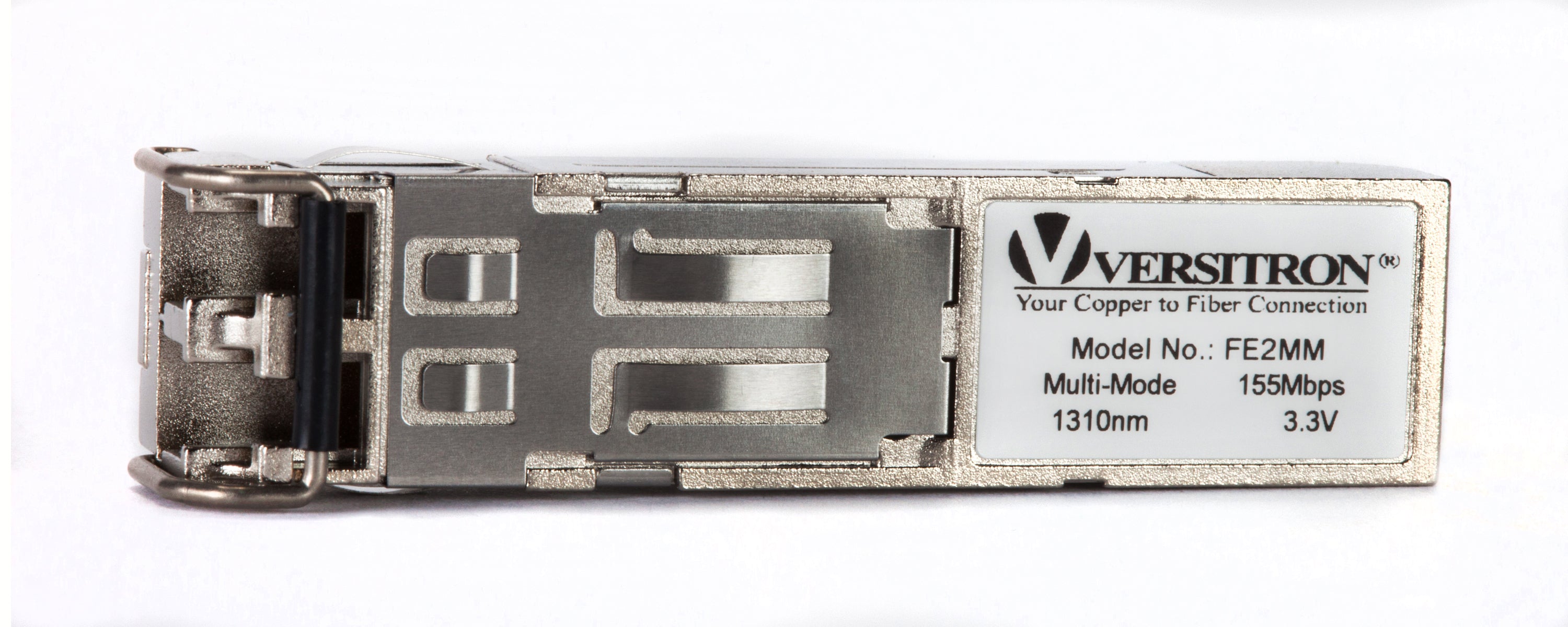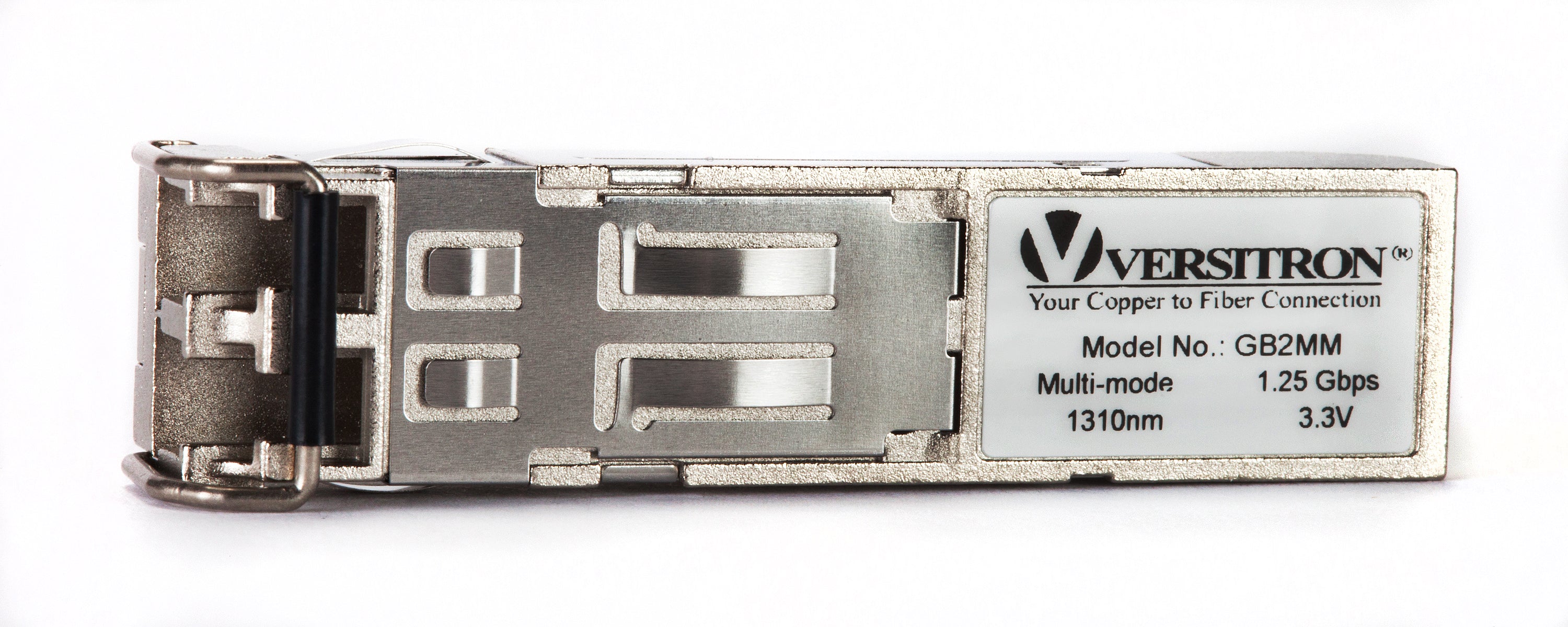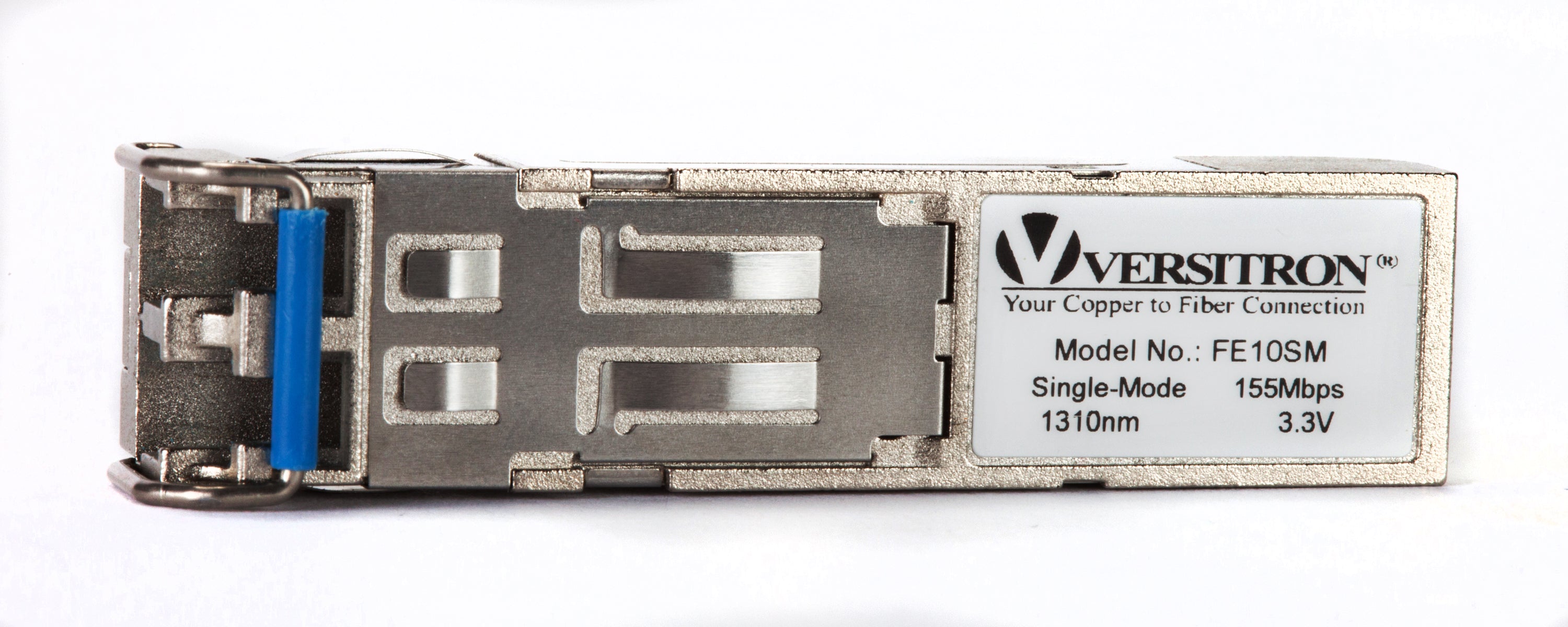In today's interconnected world, achieving success requires effective communication. A smooth communication depends on the quality of the connection, whether it's a simple phone call, a video conference, or high-speed data transfer. One Important components that determine the quality of the connection is the transceiver. A transceiver is a device that transmits and receives signals over a communication channel. It is essential to test the transceiver to ensure smooth communication. In this blog post, we will explore why transceiver testing is crucial for smooth connections.
Why Fiber Optic Transceiver Testing is Important?
- Identify faults and failures: Transceiver testing helps in identifying any faults or failures in the device. The transceiver comprises several components such as a transmitter, receiver, amplifiers, filters, and signal processors. A fault in any of these components can lead to a breakdown in communication. Through transceiver testing, technicians can identify any faults or failures and take corrective action before the issue becomes critical.
- Optimize performance: Transceiver testing helps in optimizing the performance of the device. By testing the transceiver, technicians can ensure that the device is operating at its maximum capacity. They can adjust the settings of the transceiver to improve the quality of the connection, reduce the noise, and increase the data transfer rate. This optimization results in a better overall user experience.
- Ensure compliance with standards: Transceiver testing ensures compliance with industry standards. There are specific regulations and standards that govern the use of transceivers in different applications. By testing the transceiver, technicians can ensure that the device complies with these standards. Compliance with these standards ensures that the device is safe, reliable, and performs as expected.
- Enhance reliability: Transceiver testing enhances the reliability of the device. Reliability is critical for any communication device, and transceivers are no exception. By testing the transceiver, technicians can ensure that the device is reliable and performs consistently. A reliable transceiver ensures that the communication is uninterrupted and consistent, resulting in a better user experience.
- Reduce downtime: Transceiver testing helps in reducing downtime. An unavailability or a malfunctioning device is described as downtime. Downtime can result in lost productivity, lost revenue, and frustration among users. By testing the transceiver, technicians can identify any potential issues and take corrective action before they result in downtime. This proactive approach helps in reducing downtime and ensuring smooth communication.
- Minimize costs: Transceiver testing helps in minimizing costs. A faulty or unreliable transceiver can result in additional costs such as repair, replacement, or lost productivity. By testing the transceiver, technicians can identify any potential issues and take corrective action before they become critical. This proactive approach helps in minimizing costs associated with downtime, repair, or replacement.
Optical transceivers are an integral part of fiber optic networks. Owing to the growing demand and quality requirements of the optical transceivers, most times manufacturers and suppliers ensure that each individual device has been tested properly. Thus, testing their performance is important. Fiber optics is a multi-parameter technology, so several factors must be considered while testing the optical transceivers. This is why multiple tests are performed by industry experts to inspect and analyze the quality and performance efficiency of optical transceivers. This post discusses different parameters and introduces testing methods of fiber optic transceivers. An optical transceiver features a transmitter and a receiver, so it is important to test this equipment for individual functionality.

Different Techniques of Transmitter Testing and Receiver Testing
Let us focus on different methods and parameters of transmitter and receiver testing.
Testing Transmitter
When it comes to transmitter testing, the following factors must be tested on a priority basis.
- Transmitter Signal Strength: The transmitter signal strength impacts the overall performance of an optical transceiver. To test the transmitter signal strength, the following tests are performed.
- Jitter Test: This test helps analyze the signal strength and scope for signal fluctuations. The fluctuating signal strength might result in loss of signal, attenuation, insertion losses and reflective losses, therefore, the test is one of the essential activities for testing transmitters.
- Eye Mask Test: This test helps analyze the optical waveform and overall performance of a transmitter. The parameters of optical waveforms include amplitudes, wavelength, etc.
- Optical Metrics: The optical metrics such as transmitter output is tested in the following ways:
- Optical Modulation Amplitude (OMA): This test calculates the difference between optical powers of two wavelengths. This helps in analyzing the sustainable operating optical power of the transmitter.
- Extinction Ratio Test: This test detects the optimal bias point and optimal modulation efficiency of the transmitter.
Testing Receiver
The receiver of an optical transceiver features an optoelectronic photodiode. This photodiode converts optical signals to electronic pulses decoding the optical signals into electronic bits. The following tests are conducted on the receiver to analyze its efficiencies.
- Optical Power Measurement Test: This test helps analyze the signal delivering strength of the receiver. The poor signal strength affects the signal decoding capacity of the receiver. Thus, this test is performed to ensure the signal strength is within the expected range.
- Bit Error Ratio: The poor performance of the receiver may result in bit decoding errors. This test is performed in order to calculate the frequency of the bit error and analyze its impact on the overall performance of the transceiver.
Although all these methods of testing optical transceivers are utilized for testing transmitters and receivers, the optical transceiver has several other factors that impact the performance. There are additional methods of testing transceivers. Different pre-and post-assembly tests performed while installing these optical transceivers in the fiber optics network. which are covered further in this blog.
Pre and Post Assembly Techniques for Testing Optical Transceivers In general, the optical transceivers are tested pre-assembly and post-assembly in order to test the component performance and overall assembly. Let us discuss the methods of testing optical transceivers before and after the assembly.
- Pre-Assembly Testing Optical Transceivers
The following are the techniques adopted for preassembly testing optical transceivers.
- Incoming Quality Control (IQC): The incoming quality control (IQC) test is performed to analyze the quality of components before surface-mounting. In this test, the quality of fiber optic cables, transmitters, and receivers are analyzed. The components of transmitters such as laser diodes, electrical interfaces, etc are tested as transmitter optical sub-assembly (TOSA). The components of the receiver such as a photodiode, optical interface, etc are tested as receiver optical sub-assembly (ROSA). TOSA and ROSA together form a bi-directional optical sub-assembly (BOSA) which is also collectively tested for performance before the surface mount assembly.
Once the pre-assembly tests are done, the fiber optic transceivers are assembled as tested using post-assembly testing techniques.
- Post-Assembly Testing Optical Transceivers
The following post-assembly techniques are used for testing optical transceivers.
- Optical Power (Average Output) Measurement: In order to perform this test, the device called optical power meter is utilized. On connecting with a fiber optic transceiver, the optical power meter indicates the optical power at the transmitter’s end. In the case of long-distance transmission requirement, the transmitter’s optical power is expected to be higher than the maximum input optical power. It is an essential step in transmitter testing
- Extinction Ratio Test: The extinction power indicates the ratio of the highest optical power to the lowest optical power. This test is performed to analyze the strength of the optical signal which should be in a significant range of optimal bias point so that optimal modulation efficiency is achieved. The higher the extinction ratio, the higher is the strength of the optical signal.
- Optical Modulation Amplitude Test: This test is performed to calculate the difference between the optical power at the source and delivering end. This difference defines the load on the receiver.
- Receiving Sensitivity and Bit Error Test (BER): The receiving capability or the sensitivity of the receiver is an essential factor in the communication ability of a transceiver. The receiving capacity is tested through the bit error test (BER). In this test, the ability of a receiver to decode the optical signals into electrical bits is tested. If the receiver sensitivity is less, the decoding from the optical pulses to bits will be delayed. The delay results in bit error and delayed communication.
- Eye Mask/Pattern Test: The eye pattern test is essential to analyze the performance of a transceiver. In this test, the waveform is analyzed by using an oscilloscope. In this test, the wavelength, waveform, wave amplitudes, jitters, duty cycles, etc of the optical waveform eye pattern are tested. Multi-Source Agreement (MSA) has defined a standard eye pattern so that during eye pattern test, the results can be matched in compliance with MSA.
- Wavelength Analysis: The wavelength of the fiber optic transceiver should remain consistent from the transmitter to the receiver. To ensure the same, the wavelength analysis is performed by checking the wavelength and signal strength at multiple nodes during the transmission. Factors like deviation, wavelength depletion, the dispersion can be tested via this test.
Along with these above-mentioned techniques of testing optical transceivers, a few additional techniques are performed to ensure the durability and compatibility of the device. Additional Tests Performed On Optical Transceivers The following additional tests are performed on the optical transceivers.
- Aging Test: Based on the results of the above-mentioned performance tests, the life expectancy of the transmitter, receiver, and overall transceiver assembly are tested.
- Compatibility Test: Since there is a wide variety of fiber optic products, the transceivers must be compatible with the third-party devices in the network. This is ensured by the compatibility test.
- End-Face Inspection: In this test, the optical transceiver is observed under a microscope to check any dirt or dust in the path of optical signal transmission.
How to Test an SFP Transceiver?
Testing an SFP (Small Form-factor Pluggable) transceiver involves several steps to ensure its proper functioning and compatibility with the network infrastructure. Here's a general guide on how to test an SFP transceiver:
- Visual Inspection: Start by visually inspecting the SFP transceiver for any physical damage, bent pins, or loose connectors. Ensure that all components are clean and free from dust or debris.
- Compatibility Check: Verify that the SFP transceiver is compatible with the intended network equipment, such as switches, routers, or media converters. Check the specifications and documentation to ensure proper compatibility in terms of data rate, fiber type (single-mode or multi-mode), wavelength, and supported distances.
- Insertion and Link Verification: Insert the SFP transceiver into the corresponding slot on the network equipment. Ensure a proper and secure connection. Check the device's interface to verify that the link is established and that the transceiver is recognized by the equipment.
- Power and Signal Quality Testing: Use appropriate testing equipment, such as an optical power meter or an Ethernet tester, to measure the power levels and signal quality of the SFP transceiver. This helps ensure that the transceiver is transmitting and receiving signals within the expected range. Measure the received power and compare it to the specified values to ensure proper signal strength.
- Transmission and Reception Testing: Initiate data transmission and reception through the SFP transceiver. This can be done by sending test signals or running network traffic. Monitor the performance, latency, and error rates to ensure that the SFP transceiver is functioning correctly and transmitting data accurately.
- Link Stability and Error Testing: Perform tests to check the stability and reliability of the link established by the SFP transceiver. This can include stress testing the connection, checking for packet loss, verifying error rates, and monitoring for any intermittent connectivity issues.
- SFP Loopback Testing: Enable loopback mode on the SFP transceiver, if supported. This allows you to test the transceiver's functionality by sending signals from the device and receiving them back internally. Verify that the loopback test is successful and that the transmitted signals are correctly received.
- Documentation and Reporting: Document the testing process, including the results, measurements, and any observations. Create a comprehensive report that includes details about the SFP transceiver, test setup, and test outcomes. This documentation can be useful for future reference, troubleshooting, and ensuring compliance with industry standards.
It's important to note that specific testing procedures may vary depending on the equipment and testing tools available. Refer to the manufacturer's guidelines and specifications for detailed instructions on testing their specific SFP transceiver models
In conclusion, Transceiver testing is essential for smooth connections. It helps in identifying faults and failures, optimizing performance, ensuring compliance with standards, enhancing reliability, reducing downtime, and minimizing costs. As communication continues to evolve and become more critical, it is essential to ensure that the transceiver is tested regularly to ensure uninterrupted communication. So, if you want to ensure smooth communication, make sure to test your transceiver regularly.
Now that all the methods of testing fiber optic transceivers are discussed, you must buy the transceivers that pass all these tests. In order to ensure the quality, one must go for MSA compliant devices from reliable suppliers like VERSITRON. The company offers high-quality fiber optic devices for various industrial communication and data transmission requirements.



